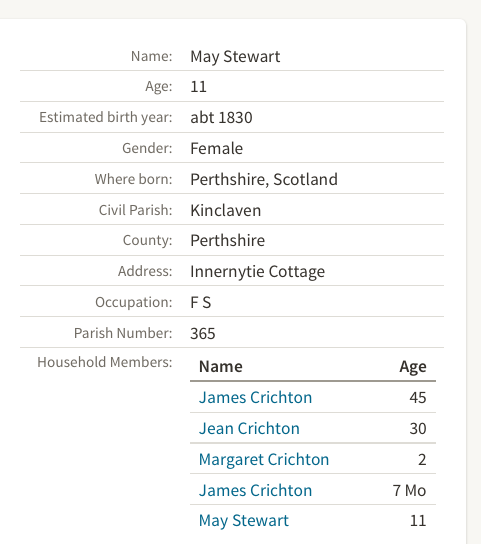Most domestic servants lived in the household of their employers and, although their wages fell well below that of most other occupations, they did at least have the security of board and lodging.
Most servants were maids-of-all-work, or 'skivvies', often working for employers in a social class not much superior to their own. They tended to be more badly treated than the servants in upper class households - and all worked extremely long hours with only the occasional Sunday off. Without today's labour-saving appliances, a servant's work was a never-ending round of stoking fires, scrubbing floors, emptying slop-buckets and cooking.
Although there are no museums dedicated to Scottish domestic service, any visit to a Scottish stately home or habitable castle should include an inspection of 'downstairs' as well as 'upstairs'. The contrast in lifestyles will prove an eye-opening experience.


